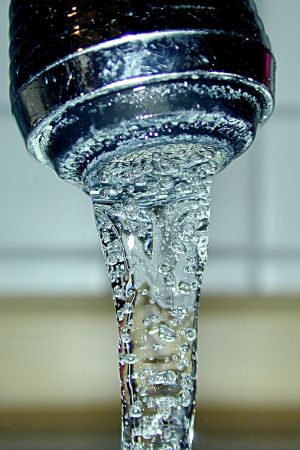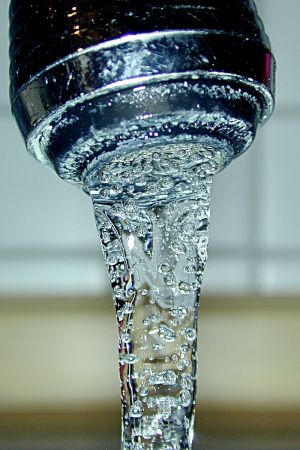
In the great scheme of sustainability, the focus is often put on a couple specific areas that are the edgier go-green movements. Concepts like oil, alternative energy, and recycling seem to get all of the headlines. In a lot of ways, this makes sense. The impending oil crisis is ever present in our lives, particularly in America where oil consumption is seen at its global height. And recycling is one of the simplest to understand and most tactile of the go green options around us daily, and can be seen in most arenas in one way or another. But one of the biggest parts of sustainability is also one of the most frequently overlooked: water. A big reason for this oversight is the fact that we take advantage of the of water because, to us, unlike like something like fossil fuels, there seems to be a never-ending supply of clean, fresh water available to us. We turn the water off when we brush our teeth and take shorter showers, but what many people don’t realize is the impact of water on almost every aspect of our daily lives, and the impact of our daily lives on water.
For starters, how much water does one person actually use in their everyday activities? Well for starters, to produce one cup of coffee, it actually takes 140 liters of water; producing 1 egg takes 200 liters; one slice of bread takes 40 liters. Think you don’t use all that much water? You just used 380 liters of water, and that’s just after breakfast! Now if you’re a meat eater, the numbers are about to go up. It takes 15,500 liters of water to produce 1 kg. of beef. However basic improvements such as installing low-flow faucets and shower-heads can reduce water consumption of a given home or building by about 18%, and repairing a dripping faucet can save as much as 20 gallons of water every day!
In light of how involved in all of our lives really is, the University has set out to do what it can to save it! In 2010, retro-commissioning of existing buildings reduced hot water consumption by 5,752 mmBtu and steam consumption by 494 mlb. And for the University, payback on these improvements is about 8 months.
Written by: Grace Interlichia, Class of 2014
Sources:
http://www.treehugger.com/files/2006/12/how-to-go-green-water.php



Water mispricing and mismanagement go an extremely long way in explaining most of our global water problems.
In any case, while it is interesting to see estimates of “water footprints” like that from above, if water were properly priced (including externality costs) it would obviate the need for walking around with a water calculator. Prices capture the value of all resources used in producing a product, so if prices did in fact capture externality costs and if we did not in fact subsidize water use, looking at the price of coffee or meat, etc. would give a good representation of its environmental cost.
But in general, there are two problems with looking solely at water footprints as a measure of impact. First and most important is that the footprint says almost nothing about whether that use of water was appropriate. For example, using 15,500 liters of water in the Pacific Northwest versus the plains of Oklahoma is not the same thing. Even that is not the right comparison because the “appropriate” use of water really depends on relative scarcity conditions. It “may” be better to use all that water in Oklahoma if there are few competing human and ecological uses for that same amount. But the point being is that looking at liters per kilogram is not very informative. For instance, it is hard to trade water directly and in fact the most efficient way to trade/conserve water may actually be through food trade.
Second, looking at a footprint absent prices tells us little about the overall value of importance of water in the purchase or activity under consideration.
There are other reasons to be nervous about applying water footprinting as a means of thinking about conserving water, but those venture into the political in particular.